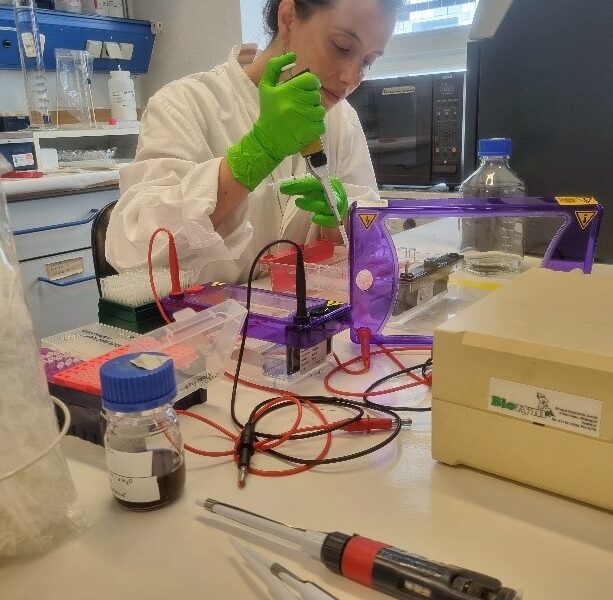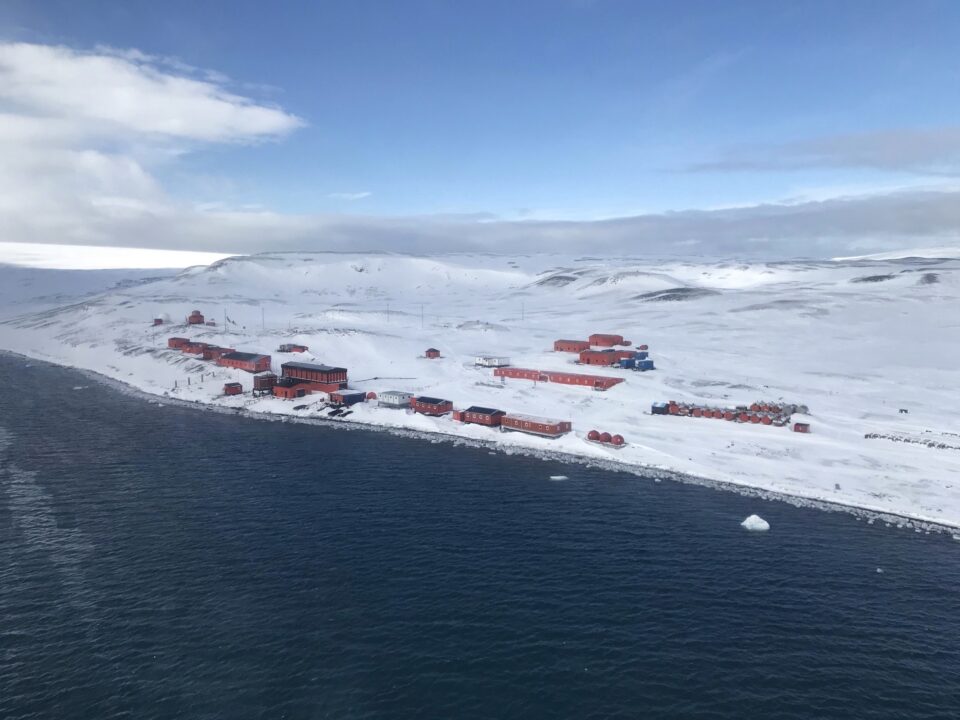Building on key identification tools for phycotoxins and toxic phytoplankton groups at AWI
by Andy Cadaillon (PhD student at Centro Austral de Investigaciones Científicas (CADIC-CONICET), Argentina)

The work in the frame of my Ph. D. thesis entitled “Harmful algal blooms in sub-Antarctic coastal waters (Beagle Channel, Argentina)”, aims at addressing different aspects regarding the formation and the impacts on the local environment of toxigenic algal blooms (HAB, or commonly named red tides) and the presence of the toxins they produce on the ecosystem.
The Beagle Channel is an important artisanal aquaculture zone in Argentina where mussels are produced. It is the austral-most area of the world where HABs represents a huge problem for local stakeholders. In the last year, adverse effects of these toxic blooms have been evidenced not only on human health and shellfish aquaculture, but also upon natural populations of marine organisms.
My work will contribute to clarifying the identity of toxigenic species and their phycotoxins, as well as understanding the poorly understood ecological variables that trigger such toxic blooms. During my secondment at AWI, under the supervision of Dr. Bernd Krock. I performed extractions from SPATTs and phytoplankton samples from the Beagle Channel, as well as identification and quantification of hydro- and lipophilic toxins. I worked on different steps involved in the molecular analyses of phytoplankton toxic strains in samples from the Beagle Channel, under the supervision of Dr. Katja Metfies.
Working at AWI, represented a great opportunity for me to increase my previous knowledge of ecology of HABs, going deep into the key tools for the identification of phycotoxins and toxic phytoplankton groups. I am very grateful to network with colleagues from all-over the world and very especially with Bernd Krock and Katja Metfies that are leading experts in these subjects.



